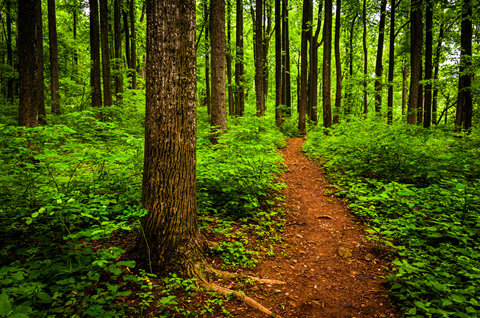How does one start a blog – prime the pump so to speak. How about with thoughts on a definition?
Back in the day, only 30 or so years ago, many of us, and the practice of wilderness medicine, were in our youth. As I sat through a boring and not very practical Advanced First Aid class I never thought we would have a specialty medical practice of wilderness medicine, nor could I imagine I’d be writing a blog!
The roots of wilderness medicine are in providing medical care for wilderness travelers. The first programs focused on mountain medicine. The class on improvised litters was real. There was no other way to get the patient out of the backcountry. Today, the scope of wilderness medicine is expanded to include disaster responses, rural clinics, military medicine – really any remote care.
Today, not all medicine in the wilderness is wilderness medicine. Technology has managed to extend the reach of modern medicine into many wilderness areas. Multi-day evacuations with improvised litters are less common, largely replaced by helicopters. Communication technology now offers the chance of quick transport from remote areas to medical care, and many wilderness visitors have come to expect such service
A common definition for wilderness medicine has been “an hour to definitive care”, but this is arbitrary. It isn’t in the latest edition of the Wilderness Medical Society Practice Guidelines or Auerbach’s 5th edition of Wilderness Medicine. I serve on an ambulance service where we can easily be a hour from definitive care and still be on pavement. Granted my environment is controlled, I have modern gear and good communications, but I will see the patient change over time, and I may need to use interventions, such as making a decision on whether to immobilize the spine, that are usually reserved for “wilderness”, but it’s not wilderness.
The definition is not the medicine we practice. Most of this is basic first aid and health education, albeit with an emphasis on relevant environmental topics such as heat, cold and altitude. The nuances, which are significant and should be in the definition, are the context in which we practice our medicine; the remote environments, the need to improvise, to care for patients for more than the minutes it takes an ambulance to arrive, and to do so in adverse weather and challenging terrain. The subtle distinctions are also in our need to make decisions on how soon a patient needs to see a physician, and how we might make that happen.
Wilderness medicine teaches us to function without the support of modern technology, which as natural disasters have shown, can be quickly stripped away even in urban environments. We learn to care for our companions, to thrive with less, to be patient, tolerant of adversity and self-reliant. One of wilderness medicine’s assets, which perhaps should be in it’s definition, is learning to act like we are in the wilderness, with all it’s good habits and values, every day of our lives.
Tod


